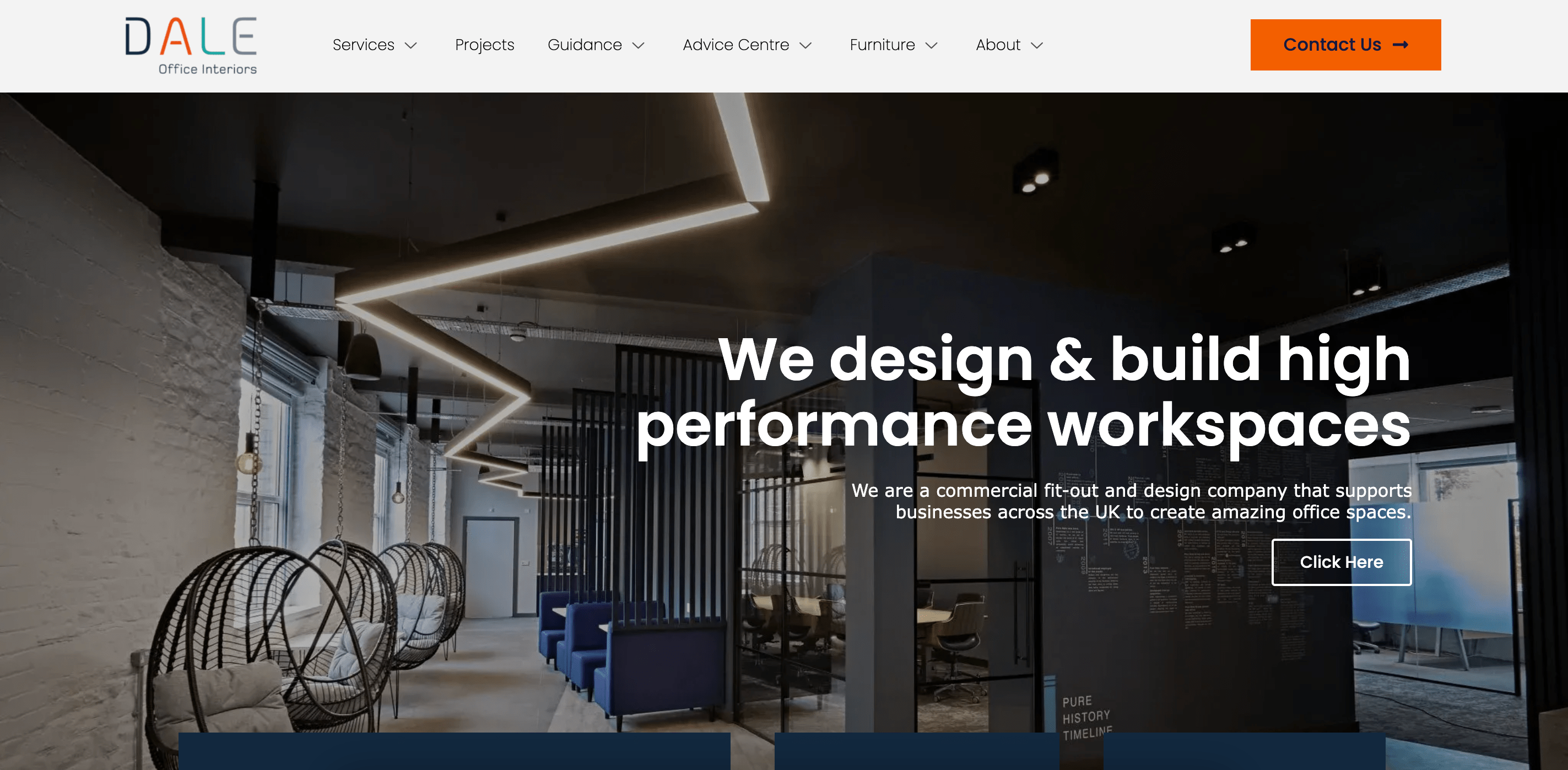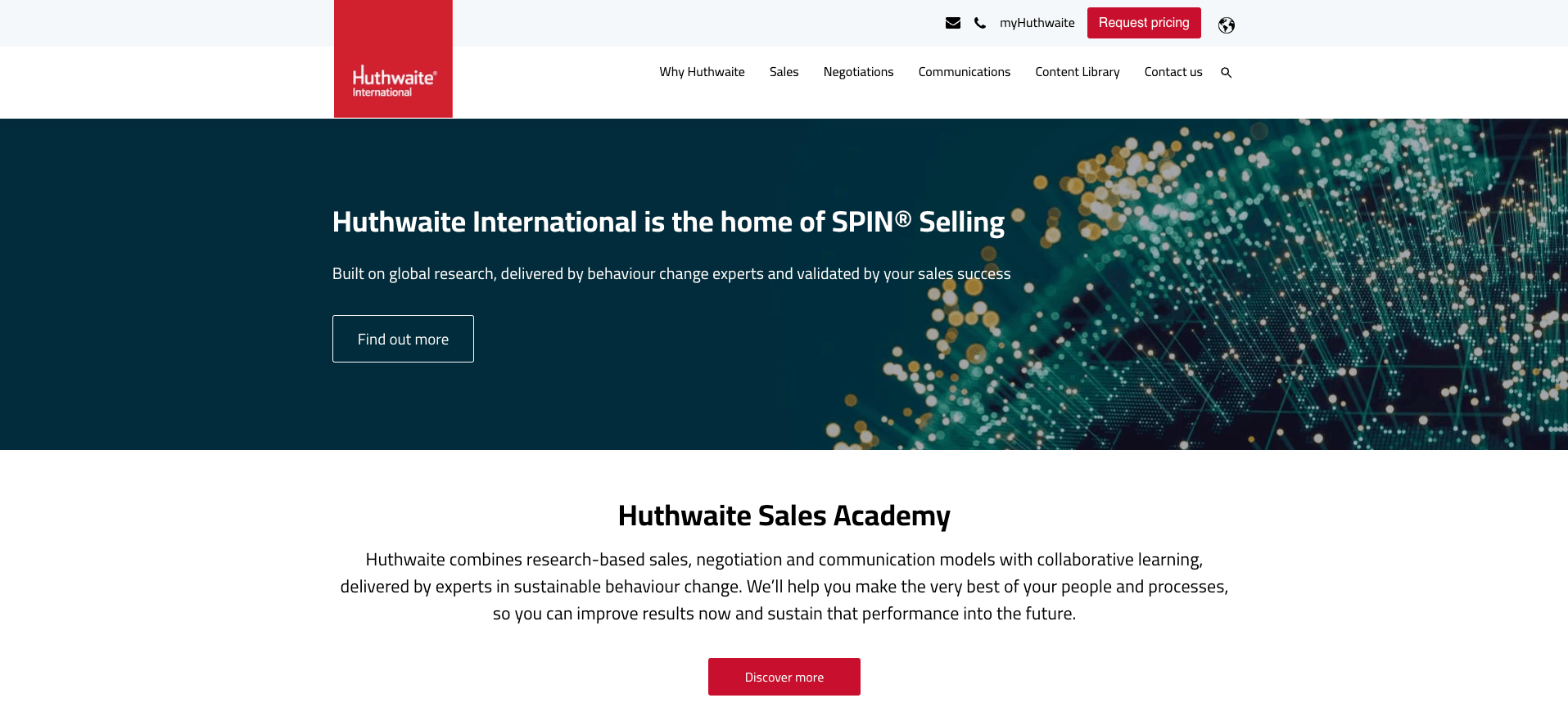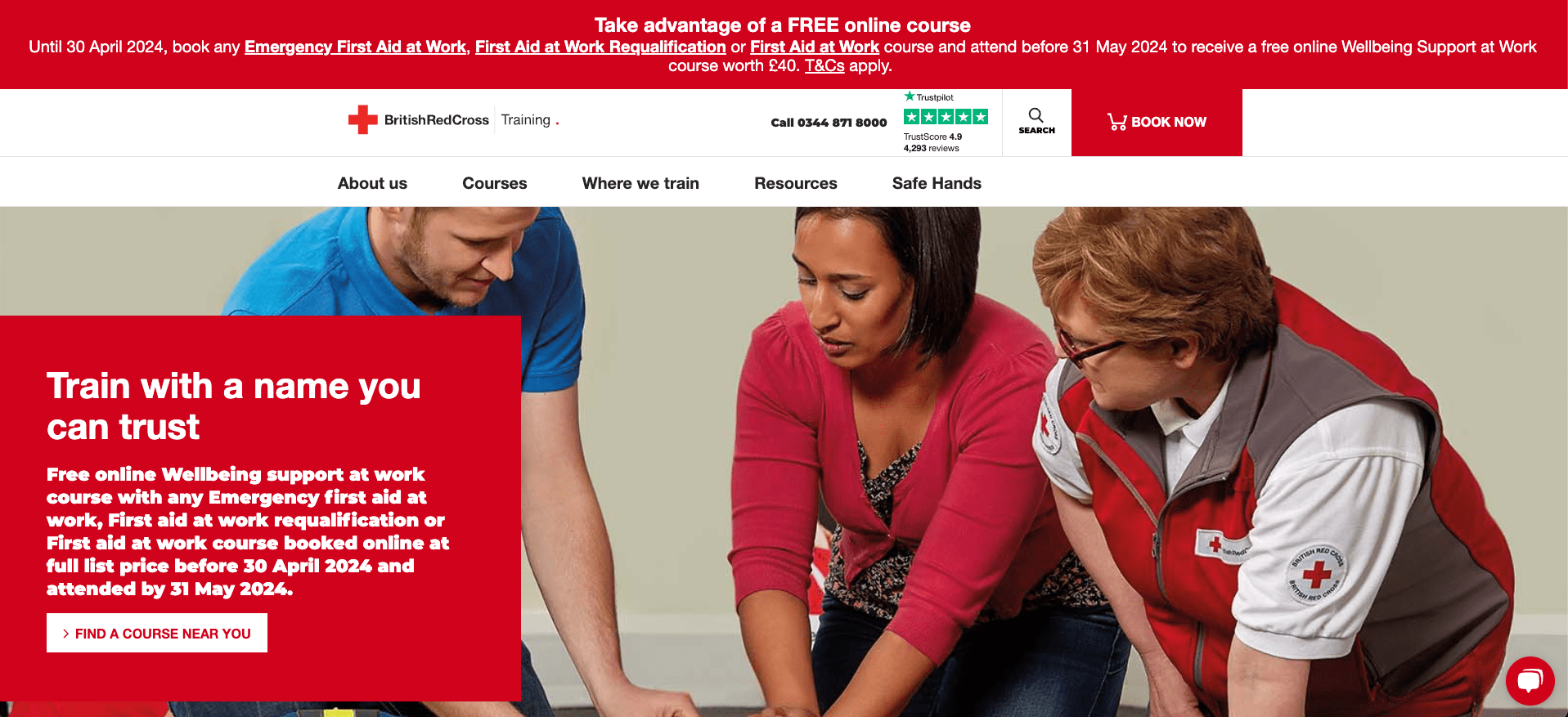You've heard how inbound marketing delivers a better Return on Investment (ROI) than traditional methods, but how do you achieve it?
A successful inbound marketing strategy isn't a one-size-fits-all approach. Depending on the industry, your ideal customer will have their own unique behavioural traits and pain points that need to be addressed.
On top of that, getting started with inbound marketing can be. According to the Content Marketing Institute, 59% of marketers say creating content that resonates with different stages of the buyer's journey is a challenge.
If you don't know where to start, then you’ve come to the right place.
In this article, we'll explore real-life examples of B2B businesses that we at Axon Garside have helped to leverage inbound marketing to give you some inspiration.
What is Inbound Marketing?
Inbound marketing attracts your ideal customers instead of chasing them.
Your buyers are using search engines, forums and social media to find answers and resources to address their main challenges.
Inbound marketing focuses on understanding your buyer and creating valuable and engaging content that meets those needs at the right moment.
By strategically placing this content across various channels, inbound marketing helps you to attract new customers while nurturing long-term relationships.
It achieves this by taking advantage of multiple strategies, including social media, paid advertising and SEO, to maximise exposure for your content.
Examples of Successful B2B Inbound Marketing Campaigns
Inbound marketing can be successfully implemented in any industry. The key lies in having the right idea and strategy in place.
Here, we explore real-life examples of how we helped three of our clients successfully take advantage of inbound marketing.
Inbound Marketing Example #1: Dale

Dale Office Interiors delivers commercial office design to create high-performance workspaces.
In an effort to attract new clients, Dale experimented with creating a series of high-value content pieces, each leading to a dedicated landing page
Despite a 50% increase in traffic, their conversion rate remained flat.
Dale needed a fresh approach. When they began working with us, we conducted in-depth research into their target audience. This research provided us with a deeper understanding of the key challenges faced by Dale's ideal customers and the main reasons why they might require Dale's services.
In using this information, we developed a buyer persona, a semi-fictional representation of their ideal customer. We also mapped out a typical buyer's journey for Dale, highlighting the key steps a customer would take from point of contact (POC) to point of sale (POS). We then audited their existing content to determine how well it aligned with the buyer's journey we had created.
This exercise allowed us to identify content gaps and group together topics for a specific stage in the buyer's journey.
This process of understanding the buyer’s journey provided us with a clearer sense of direction for their content creation efforts and paved the way for a successful inbound marketing strategy.
We also reviewed their existing blog content's Call-to-Actions (CTAs) to see if they aligned with the relevant stage of the buyer's journey. If not, we took an experimental approach, A/B testing a range of different CTAs.
Their inbound campaign delivered a remarkable increase in both web traffic and conversion. Their web traffic rose by 600%, and the average conversion rate across six landing pages now exceeds 40%.
Key Takeaway: Keep The Buyer’s Journey In Mind
The introduction of the buyer's journey is the key distinction between content marketing and inbound marketing.
Inbound marketing places emphasis on creating content that aligns with the buyer's journey, guiding them towards the sales funnel.
On the other hand, content marketing focuses solely on attracting an audience without having a plan in place to convert them into customers.
Inbound Marketing Example #2: Huthwaite International

Leading training provider Huthwaite International helps organisations' sales teams upskill their communication and negotiation skills.
Despite having a goldmine of well-researched and in-depth content, most of their traffic relied heavily on paid ads. In 2018, over 18000 sessions came from paid traffic alone, which accounted for 21% of total sessions.
On top, their content wasn’t converting as much as it would’ve liked.
When they approached us, they wanted to address two challenges. The first was to improve their traffic from organic search so that they could reduce their ad spend. The second was to understand why their content was not converting, even though they had a well-defined persona which was helping them attract new contacts.
Before we created any new content, our main priority was to understand the root cause as to why their content was not converting and creating new opportunities for their sales team.
We analysed their content and found that one of their core pillar pages was ranking highly for specific search terms, but failed to achieve a healthy click-through rate. When we looked at their competitors, we discovered that the same search term was leading to a product page.
What this meant was that the search term they were ranking for actually a transactional keyword, which is why their information-rich pillar page was showing up against product pages.
To resolve this, we needed to apply best practice intent-based marketing principles. Intent-based marketing involves promoting your product or services based on consumer behavioural traits that leads to a purchase.
In this case, the intent of the keyword which was being targeted did not align with content on Huthwaite’s core pillar page. After doing some in depth keyword research, we uncovered a search term that closely matches the intent of the pillar page.
To avoid risking keyword cannibalisation, we had to revise the pillar page and optimise with this new search term.
Additionally, we increased the number of internal links to boost its SEO performance by adopting a cluster keyword strategy where we produced and organised content based on topics which all link back to the pillar page. All topics for each cluster were based on keywords that match the user's intent.
Once we executed our strategy, Huthwaite saw a 56% increase in organic traffic, while traffic from their paid ads reduced by nearly 80%, helping them reduce their ad expenditure. In addition, their core pillar page played a huge role in securing over 40 new deals in a single quarter.
Key Takeaway: Target the Right Intent
The key ingredient to a successful inbound campaign relies on finding the right search terms that closely match the intent of your ideal customers.
A tool like SEMRush is really useful here as it will explicitly state if the intent of the keyword is “informational”, “commercial” or “transactional”.
Inbound Marketing Example #3: British Red Cross Training

British Red Cross Training (BRC) has a training division that offers a range of first aid, health and safety, and mental health courses through its training division.
When they first began their partnership with us, the charity told us they wanted to create a predictable flow of new clients for their training programmes.
Their key objectives were to attract more prospective customers at the top of the sales funnel and improve visitor-to-lead conversion at every touchpoint.
However, as we began planning their inbound campaign, an unforeseen major global event occurred, disrupting our initial strategy to promote their Mental Health and Wellbeing courses. We needed to adapt our focus as quickly as possible.
After brainstorming, we pitched the idea of running a free educational webinar aimed at employers and employees seeking information on the global event's impact on both businesses and individuals. They liked the idea very much, so we collaborated with the BRC to outline the structure of the webinar, which ultimately led to the promotion of their Mental Health and Wellbeing courses.
We then explored different strategies to promote the webinar, which acted as the central conversion point.
Content clusters were created across various channels, including social media, interactive quizzes, email marketing, paid advertising and SEO through blog content. Each channel had a clear CTA encouraging the visitor to register for the event.
The webinar was a huge success. Thanks to our strategic inbound campaign, over 2,600 people registered. Each registrant had the option to receive further support and training, generating new opportunities for the BRC's training team.
Key Takeaway: Be Adaptable
Inbound marketing requires a lot of thought and planning. However, as we've seen, an unexpected event can disrupt your inbound strategy.
That’s why it's crucial to be both proactive and reactive.
Additionally, you need to take advantage of multiple channels to maximise your reach.
Anything is Possible With Inbound Marketing
Whatever your business's position or industry, inbound marketing can help you achieve your goals. But success requires thinking outside the box.
Inbound marketing isn't just about driving revenue. It's about becoming a go-to resource for your target market, addressing their challenges and establishing yourself as a thought leader.







.png?width=115&height=183&name=sade%201%20(1).png)